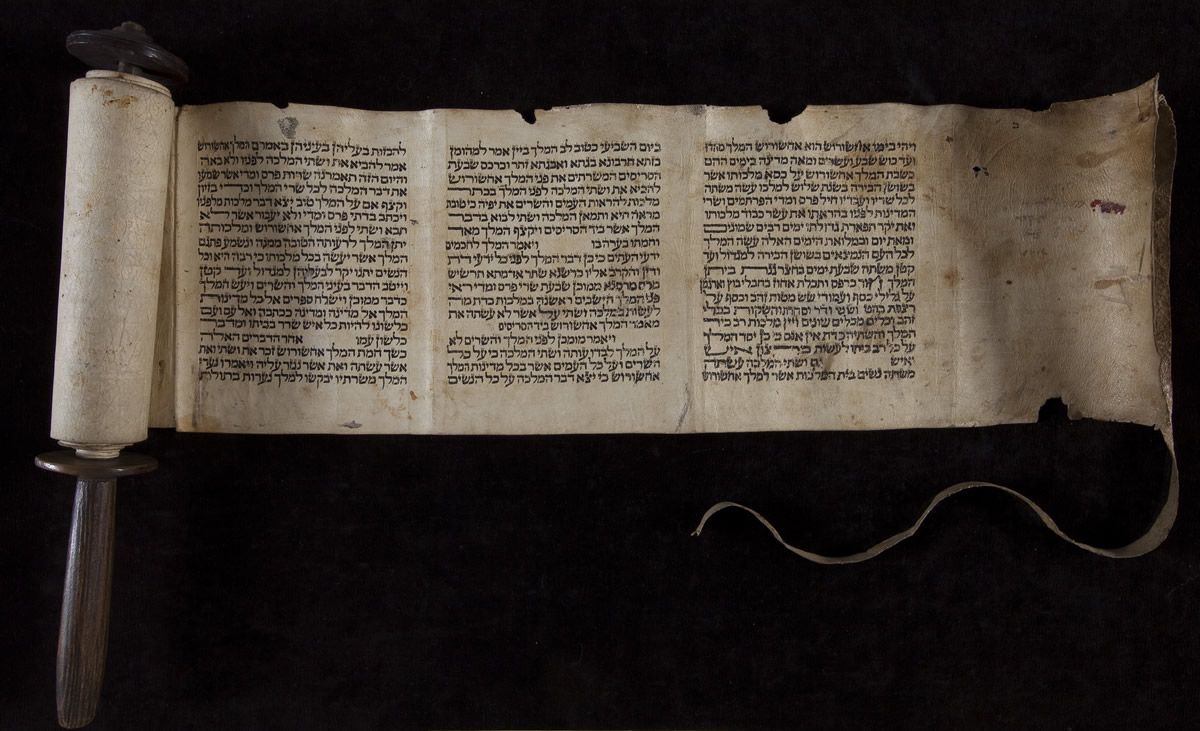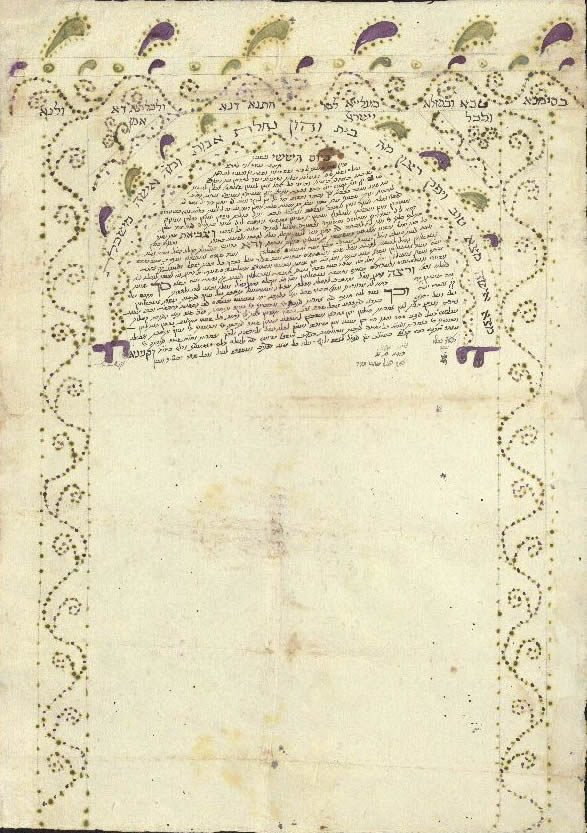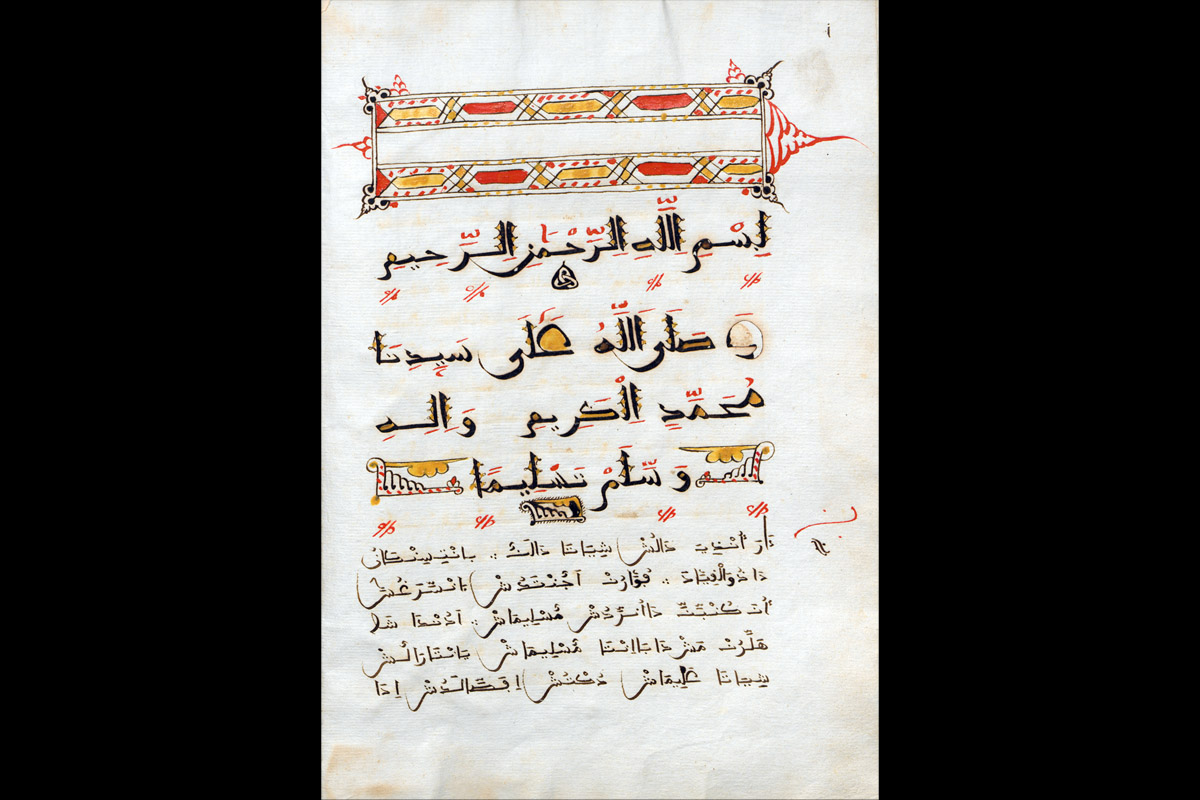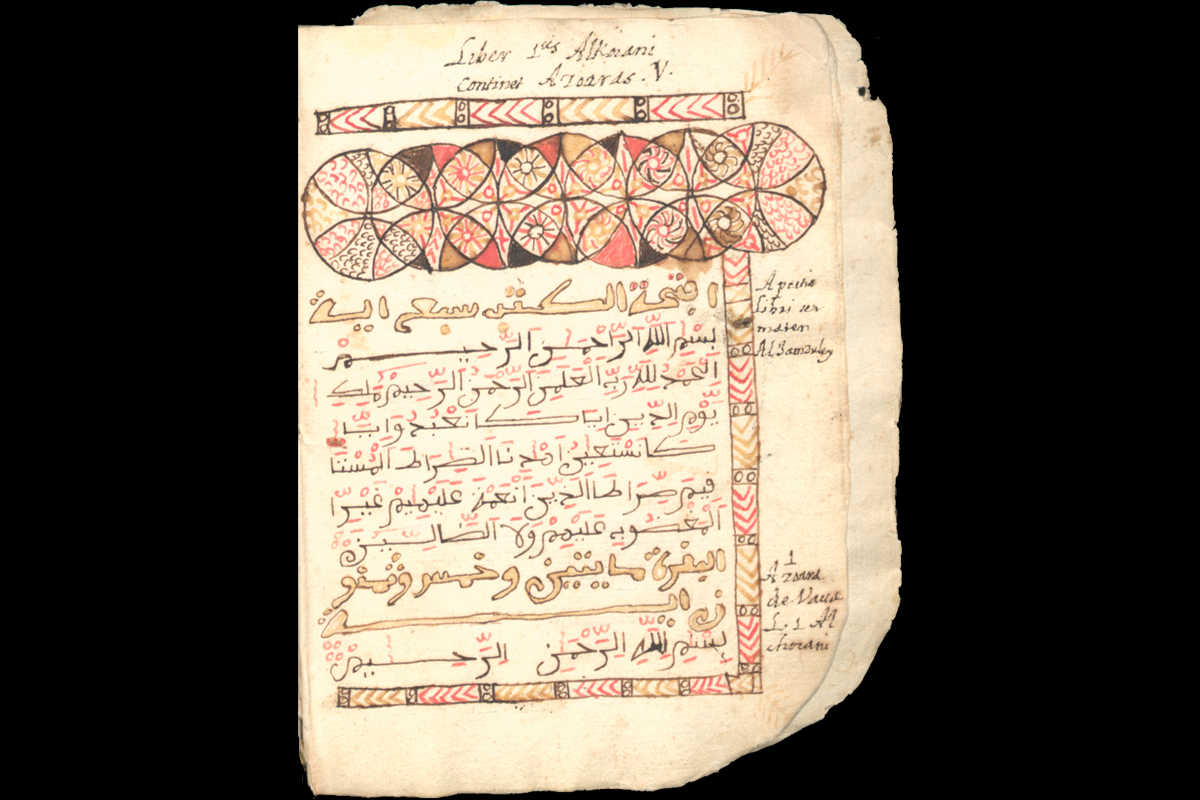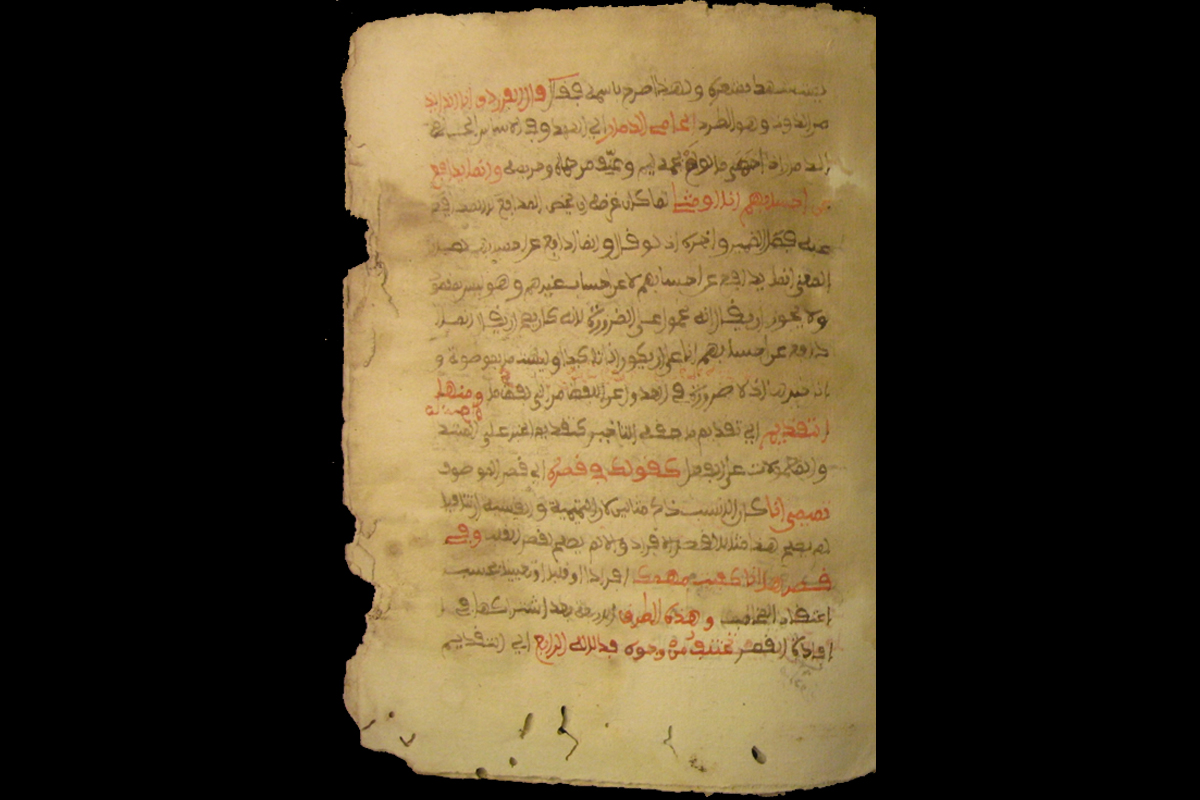One of the main objectives of the Institute of Mediterranean and Near Eastern Languages and Cultures of the CSIC is to relate and integrate diverse areas of knowledge, overcoming conventional academic divisions in doing so, and to propose research projects that can interrelate research traditionally considered to be philological with the application of multiple analyses and techniques. The ultimate aim is to use an all-round approach that offers an innovative view of human sciences in general, and philological sciences in particular.
With these broad aims in mind, the main goal of the current project is to provide researchers with access to the collections of manuscripts in Arabic, Hebrew, Persian and Turkish held in CSIC libraries via a gateway which incorporates their codicological data and digitised texts. Now that the Manuscript@CSIC project is under way, it will become possible to put into practice the ever-present idea at the ILC and EEA libraries of providing a complete and comprehensive treatment of their Hebrew, Arabic, Persian and Turkish manuscripts. This will entail their cataloging, digitalization and dissemination and will result in the creation of a specialized portal that will provide experts with a new research tool. To this end, the following activities have been carried out:
